Leading market players are investing heavily in research and development to expand their product lines, which will help the Airless Bottle Market, grow even more. Market participants are also undertaking a variety of strategic activities to expand their global footprint, with important market developments including new product launches, contractual agreements, mergers and acquisitions, higher investments, and collaboration with other organizations. To expand and survive in a more competitive and rising market climate, the Airless Bottle industry must offer cost-effective items.
Manufacturing locally to minimize operational costs is one of the key business tactics used by manufacturers in the global Airless Bottle industry to benefit clients and increase the market sector. In recent years, the Airless Bottle industry has offered some of the most significant advantages to the packaging and cosmetics sectors. Major players in the Airless Bottle Market, including Cospack America Corp., AptarGroup, Inc., Pharma Packaging Solutions, Albea Services S.A.S., Eastman Chemical Company, Silgan Dispensing Systems, Webpac Ltd, Lumson S.p.A., WestRock Company, HCP Packaging UK Ltd are attempting to increase market demand by investing in research and development operations.
AptarGroup Inc. (AptarGroup) is a leading supplier of dispensing and sealing packaging delivery systems, catering to various industries including personal care, beauty, homecare, pharmaceutical, and food and beverage markets. The company's extensive product portfolio includes aerosol valves, bag-on valves, dispensing systems, fine mist pumps, lotion pumps, dispensing and non-dispensing closures, continuous spray valves, and dose inhaler valves. AptarGroup also specializes in elastomeric primary packaging components and provides tailored packaging solutions. The company reaches its customers through a direct sales force, independent representatives, and a network of distributors.
With manufacturing facilities strategically located worldwide, including in the US, the UK, Germany, Spain, Switzerland, France, Russia, India, China, Indonesia, Thailand, Mexico, Brazil, and Colombia, AptarGroup is a global player in the packaging industry. The company's headquarters is situated in Crystal Lake, Illinois, the United States. In February 2020, Aptar Group Inc., a worldwide leader in providing consumer dispensing, active packaging, and drug delivery solutions, disclosed its commitment to acquiring FusionPKG.
FusionPKG is a renowned leader in delivering high-quality, prestige airless and color cosmetics packaging, and comprehensive turnkey solutions from conceptualization to market launch, specifically catering to the North American beauty market.
WestRock stands as a frontrunner in providing sustainable, fiber-based packaging solutions. Boasting a team of approximately 58,000 members and a vast volume of packages in circulation, the company holds the capacity and responsibility to make substantial strides toward fostering a circular and sustainable economy. Comprising materials scientists, packaging designers, mechanical engineers, and manufacturing experts, WestRock employs cutting-edge science and technology to propel innovation in the packaging sector. The company's global reach encompasses over 300 production facilities worldwide.


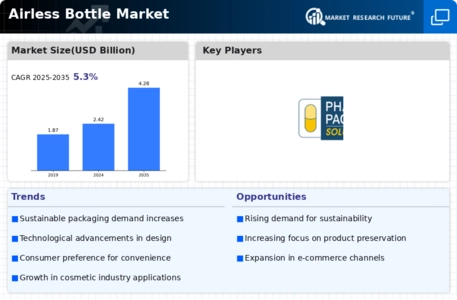
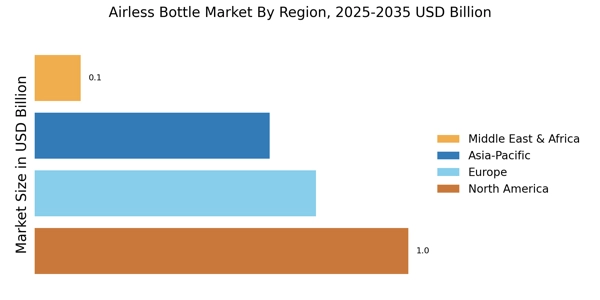
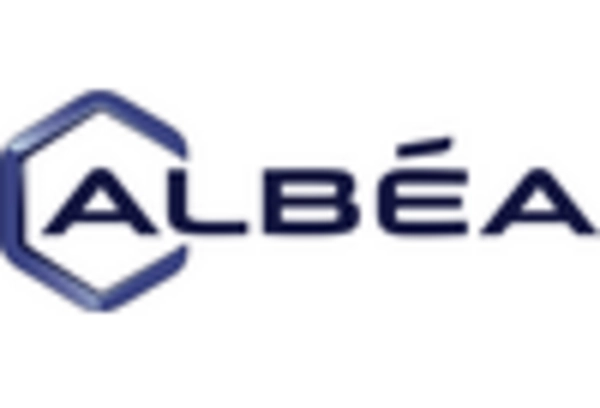
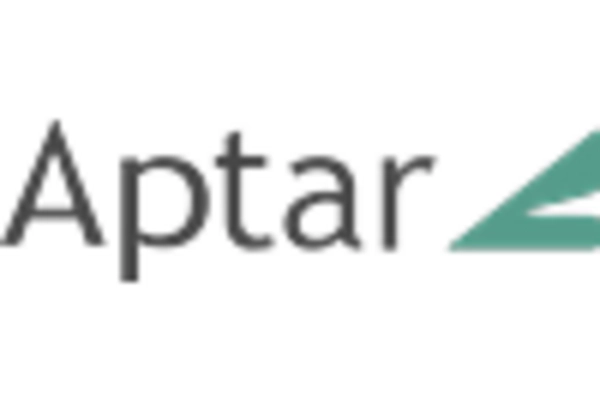

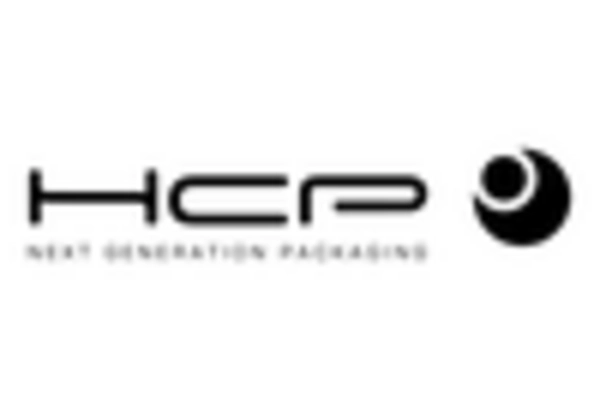

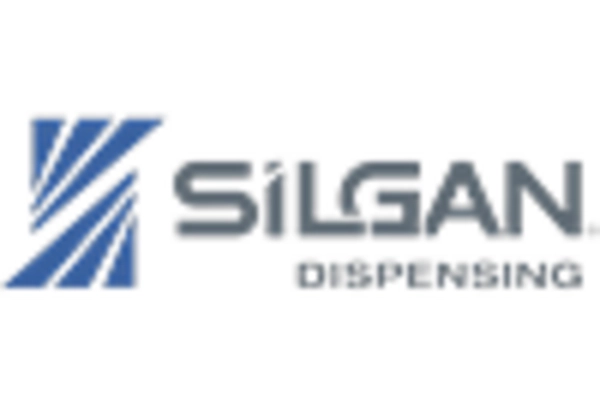








Leave a Comment